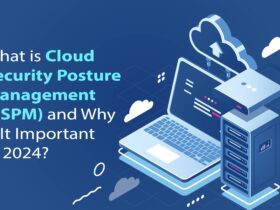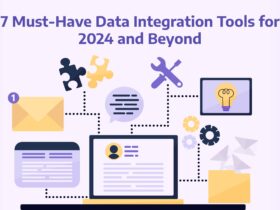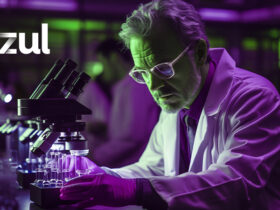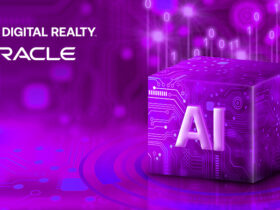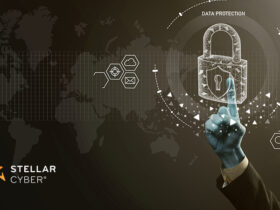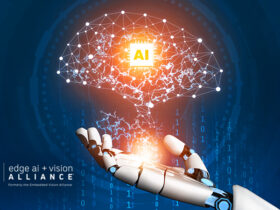Every year, experts and industry leaders make predictions about future technologies that will have significant social, economic, and environmental consequences around the world. While some of these technologies have stepped into the public consciousness and have become fully interwoven into our lives, others have taken longer to catch on.
Also Read: Top 4 Advantages of Wearable Technology in the Digital Era
Electric Aviation
Electric aircrafts are one of the most recent technologies to make the list. Electric gliders, for example, have been available for a while, but in the last year, innovation has intensified, pushed by a need for the sector to decarbonize.
The electric aviation sector is divided into two categories: hybrid and fully electric aircraft. Battery technology is also improving, but battery density remains a major concern. Many businesses are already putting these new technologies to the test, and experts predict that some of the smaller planes will be certified to fly as early as 2023.
Genetic Engineering
Genetic engineering was included on the list, and it has advanced significantly, largely due to the CRISPR discovery. CRISPR-Cas9 operates within the chemical environment of cells to detect any mutation and help treat diseases, similar to how one might use the ‘find’ function to look for errors in a document.
Scientists have already applied the technology to the treatment of sickle cell disease and congenital genetic diseases in organs such as the liver. In agriculture, scientists are working to develop drought-resistant crops with higher yields.
Personalized Medicine
Healthcare professionals have been striving to adapt treatments to specific individuals for some time, given the low success rates of treatments for cancer and depression. However, in order for personalized medicine to benefit everyone, scientists researching which medicines work best for which individuals will need data from as many people as possible.
Robotics
Droid companions and robot assistants might become more common in everyday life, caring for the elderly and educating children – and the epidemic has expedited this development because
of the need to preserve social distance. Robotics will need to be built to detect, interpret, and respond to human behavior as they grow more interwoven into people’s lives.
Self-learning, reconfigurable robots will extend automation of physical processes beyond routine operations to encompass less predictable ones, resulting in fewer people working in these activities and a workforce reconfiguration; policymakers will have challenges in addressing labor displacement. Despite this fact, businesses would have to reassess their strategies of work.
Wearables
Smartwatches and health trackers were commonplace by 2021, and there is even wearable underwear that can monitor your heart rate, demonstrating diagnostic potential and bringing healthcare closer to home.
Also Read: Veritas Redefines Cloud Data Protection with the Launch of Cloud Scale Technology
We won’t need to buy separate equipment in the future because our comfortable, normal clothes will be able to measure our vital signs and warn our doctor if we’re suffering a heart attack, for example. However, in order to retain consumer trust, companies developing these wearables must have very clear privacy policies.






















